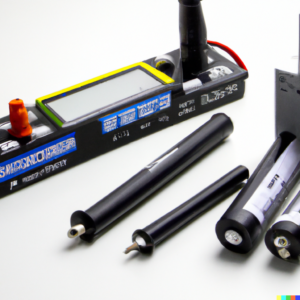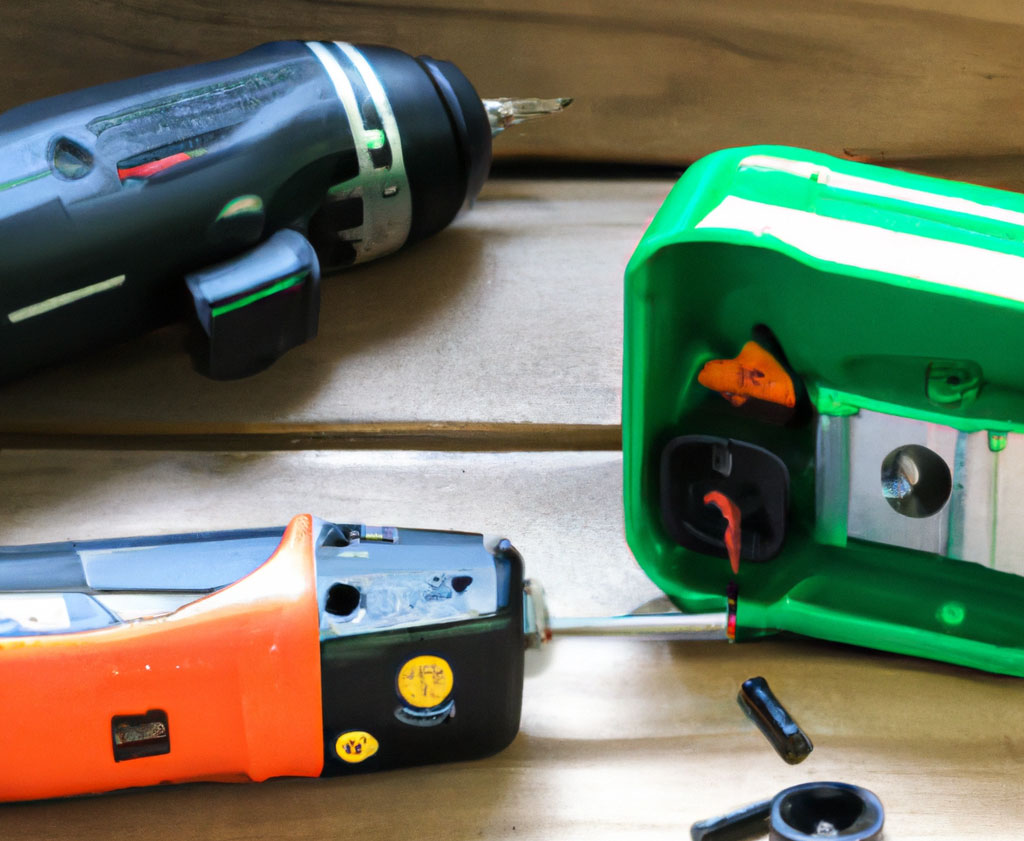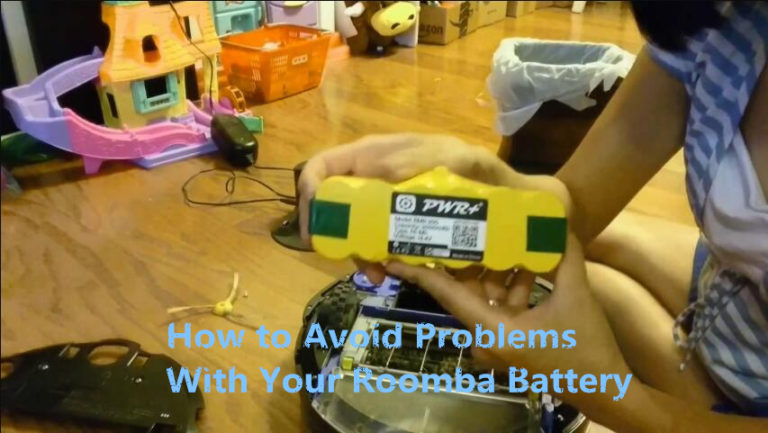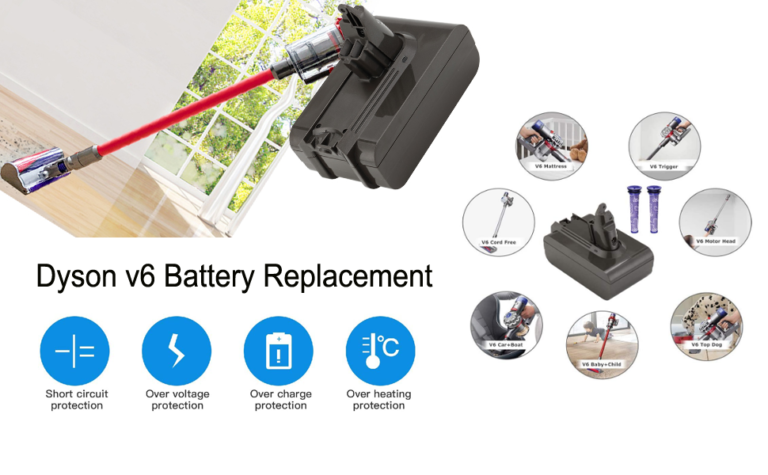In the world of power tools, voltage compatibility is an important factor to consider when choosing the right tools for your projects. A power tool’s voltage compatibility determines the type of battery it can use, and it’s essential to match the voltage of the tool with the voltage of the battery in order to ensure safe and efficient performance.
As a DIY enthusiast, I learned the importance of power tool voltage compatibility the hard way. One day, I was working on a project and my trusty drill suddenly stopped working. After some investigation, I realized that I had accidentally used a power cord from one of my other tools that was rated for a different voltage. The result was that I had fried the motor of my drill and it was no longer usable.
From that experience, I realized that it’s essential to always check the voltage compatibility of my power tools and their accessories before using them. Each tool has a specific voltage requirement, and using the wrong voltage can cause damage or even render the tool unusable.
Now, I always make sure to double-check the voltage requirements before I use any power tool or accessory, and I always use the correct power cord or battery that’s designed for that tool. This helps me avoid damaging my tools and ensures that I can use them for years to come.
Combined with my usual experience, I write this article will provide an in-depth look at power tool voltage compatibility, including it types,what it means and why it’s important, as well as a comprehensive chart to help you determine which batteries and tools are compatible with each other.
Types of Power Tool Batteries
There are two main types of power tool batteries: nickel-cadmium (NiCad) and lithium-ion (Li-ion). NiCad batteries have been around for a long time and are commonly found in older power tools. They have a voltage range of 7.2 to 18 volts and are known for their relatively low cost, but also have a shorter life span and are more prone to memory effect. Li-ion batteries, on the other hand, are more modern and are becoming increasingly popular due to their longer life span and higher performance. Li-ion batteries have a voltage range of 3.6 to 36 volts and are typically more expensive than NiCad batteries, but are also more efficient and provide more power for longer periods of time.

What is Power Tool Voltage Compatibility?
Power tool voltage compatibility refers to the voltage of the battery that can be used with a specific power tool. The voltage of the battery is measured in volts (V) and determines the amount of energy that the battery can deliver to the tool. The higher the voltage, the more power the battery can provide to the tool, which results in faster work progress and more efficient performance.
Why is Power Tool Voltage Compatibility Important?
Choosing the right battery for your power tool is crucial for several reasons. Firstly, using a battery with a voltage that is not compatible with the tool can cause damage to the tool, the battery, or both. Secondly, using a battery with a lower voltage than the tool requires will result in poor performance, and the tool may not be able to complete the task it was designed for.
Additionally, using a battery with a higher voltage than the tool can handle can lead to safety hazards and can even cause fires. For this reason, it’s essential to understand the voltage compatibility of your power tools and to choose the right batteries accordingly.
Power Tool Voltage Compatibility Chart
To help you understand power tool voltage compatibility, we’ve created a chart that lists the most common power tool brands and the voltage of their batteries. The chart also includes the voltage range of the tools and the type of battery each tool can use.
Power Tool Voltage Compatibility Chart By Types
| Tool Voltage | NiCad Battery Voltage | Li-ion Battery Voltage |
| 7.2V | 7.2V | Not Recommended |
| 9.6V | 9.6V | Not Recommended |
| 12V | 12V | 12V |
| 14.4V | 14.4V | 14.4V |
| 18V | 18V | 18V |
| 20V | Not Recommended | 20V |
| 24V | Not Recommended | 24V |
| 28V | Not Recommended | 28V |
| 36V | Not Recommended | 36V |
As you can see from the chart, NiCad batteries are compatible with power tools that have a voltage of 7.2V, 9.6V, 12V, 14.4V, or 18V. Li-ion batteries, on the other hand, are compatible with power tools that have a voltage of 12V, 14.4V, 18V, 20V, 24V, 28V, or 36V. It’s important to note that using a Li-ion battery with a tool that has a voltage of 7.2V or 9.6V is not recommended, as it could cause damage to the tool.
Power Tool Voltage Compatibility Chart By Brands
| Brand | Voltage Range | Battery Type |
| DeWalt | 18V-60V | Li-Ion |
| Milwaukee | 12V-28V | Li-Ion |
| Makita | 18V-40V | Li-Ion |
| Bosch | 12V-36V | Li-Ion |
| Ryobi | 18V-40V | Li-Ion |
| Hitachi | 18V-36V | Li-Ion |
| Metabo | 18V-36V | Li-Ion |
| Black+Decker | 18V-20V | Li-Ion |
| Porter-Cable | 20V-60V | Li-Ion |
| Craftsman | 20V-40V | Li-Ion |
Note: This chart is intended to provide general information and is not a comprehensive list of all power tool brands and their voltage compatibility. Always refer to the manufacturer’s specifications for the exact voltage compatibility of your power tool.
Additionally, if you’re interested in learning more about power tool voltage compatibility, we highly recommend checking out the article “Cordless Tool Battery Interchangeable” . This informative piece provides a comprehensive look at the compatibility of different cordless tool batteries and includes helpful tips on how to choose the right battery for your power tools. Whether you’re a professional contractor or a DIY enthusiast, this article is a valuable resource that will help you make informed decisions when it comes to selecting the right batteries for your tools. So be sure to check it out today and take your understanding of power tool voltage compatibility to the next level!
Conclusion
Power tool voltage compatibility is an important consideration when choosing the right tools for your projects. By matching the voltage of the tool with the voltage of the battery, you can ensure safe and efficient performance, and prevent damage to the tool, battery, or both.
We hope that this article and the accompanying chart have been helpful in understanding power tool voltage compatibility. If you have any further questions, always refer to the manufacturer’s specifications for the exact voltage compatibility of your power tool.




